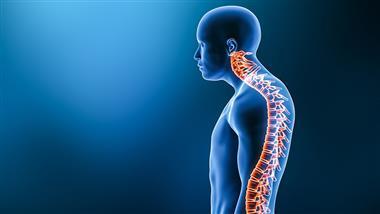
"Kyphosis signals structural support in the upper body is collapsing due to muscle weakness, poor posture, or fragile bones, increasing the risk of falls and lung dysfunction."
"Height loss of more than 3 centimeters from peak adult height strongly indicates silent spinal fractures, which contribute to the development of hyperkyphosis."
Kyphosis, a rounded upper back condition, indicates failing spinal support due to muscle weakness, poor posture, or fragile bones. Height loss over three centimeters signals silent spinal fractures, contributing to the hunch associated with kyphosis. This curve, even without pain, can adversely affect movement and lung function, leading to a shorter life expectancy. The onset of symptoms like forward head posture or rounded shoulders necessitates prompt action to address root causes before the curvature becomes permanent. Proper habits and interventions can help prevent this gradual shift over decades.
Read at Natural Health News
Unable to calculate read time
Collection
[
|
...
]